AMD Athlon 5350 Kabini AM1 APU Review
A Closer Look
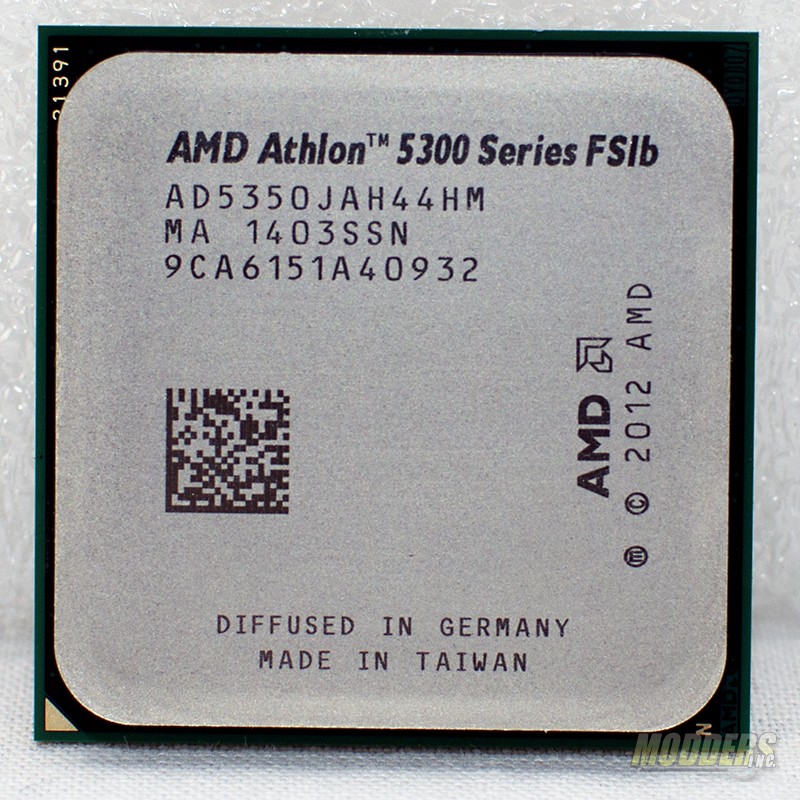 |
The top side of the AMD Athlon 5350 doesn’t really look a whole lot different than the other current AMD Processors. CPUs in general are not very exciting to photograph.
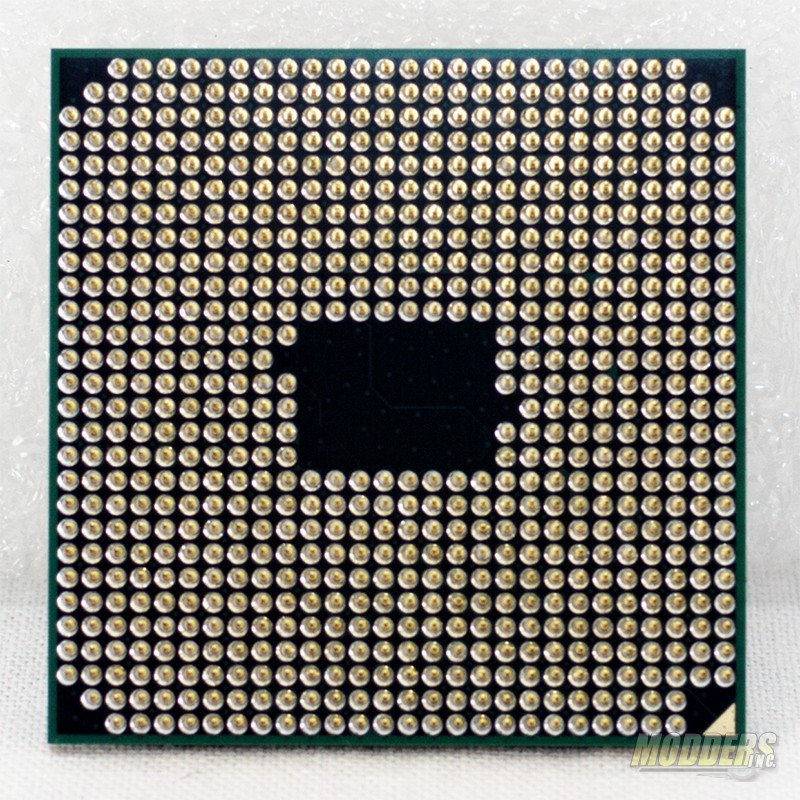 |
Here’s the backside of the AMD Athlon 5350 “Kabini” AM1 APU. AMD still chooses to use a pin grid array for their CPUs.
 |
Internally the AMD Athlon 5350 “Kabini” AM1 APU houses everything. Specifically for the Athlon 5350, the die houses the 4 Jaguar x86 cores, memory controller, 128 Radeon GCN cores. I/O is normally handled by a chipset located on the motherboard for things such as USB, and SATA. However with Kabini I/O functions have now moved on to the CPU. Theoretically, moving the I/O onto the CPU should help keep prices low on AM1 motherboards. A note on the memory controller, the Kabini memory controller is single channel only. The APU supports a maximum memory of 16 GB DDR3-1600 MHz.
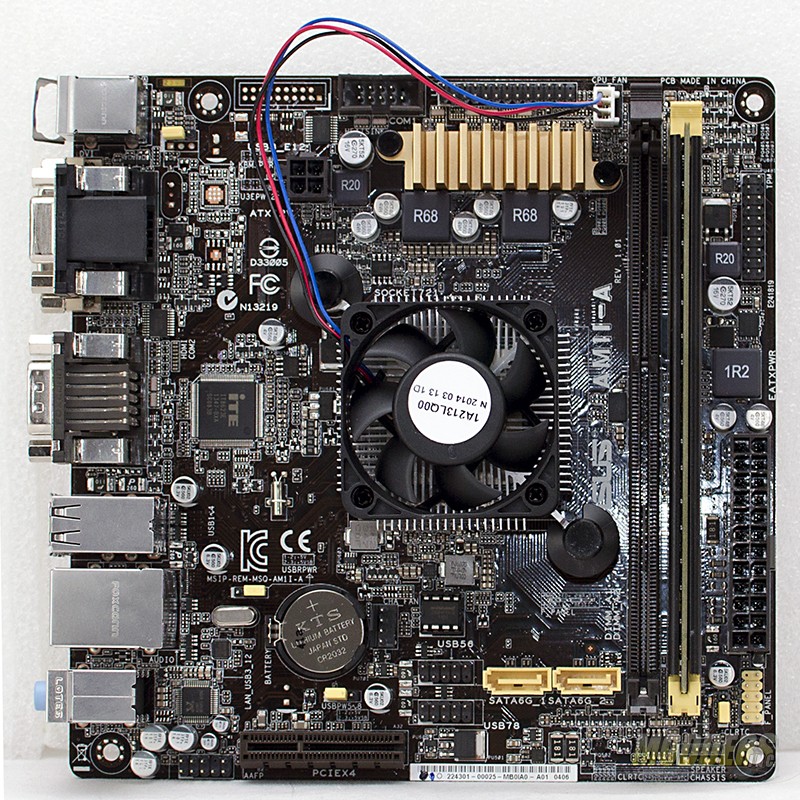 |
It is a bit difficult to do a CPU review without a motherboard. AMD sent along Asus’ entry into the AM1 market. The Asus AM1I-A is a mITX motherboard that features 2 SATA, 2 memory slots, 2 USB 3.0 ports, and 8 USB 2.0 ports. The only expansion slot on the motherboard is a PCI-Express x4.
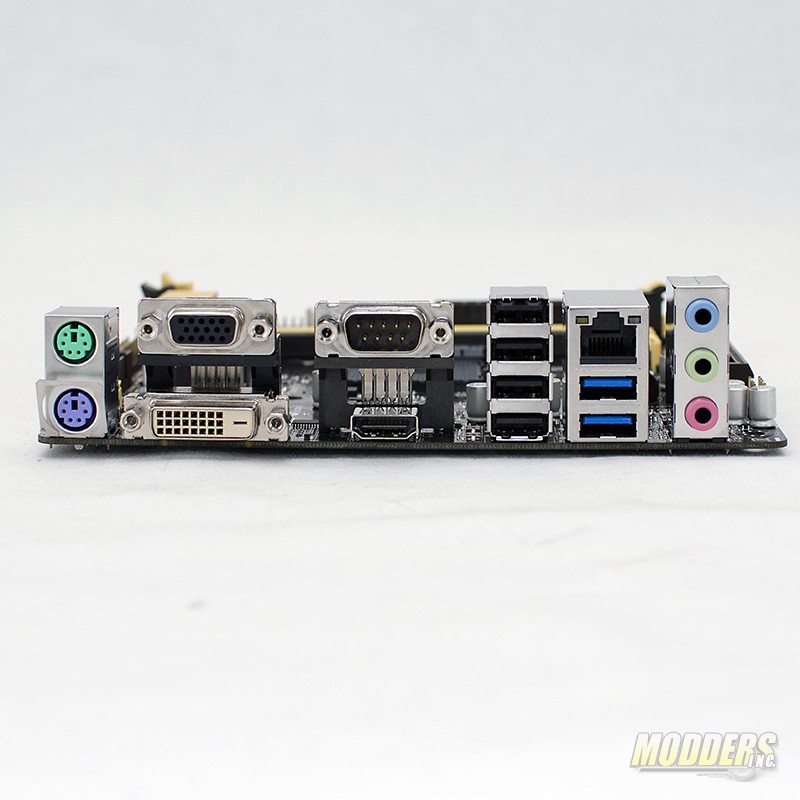 |
The I/O panel of the Asus AM1I-A is a little different that what is typically seen on motheboards today. 2 PS/2 ports as well as a COM port are just not included on most modern motherboards. This is not a negative and I believe it leans towards using this board in a manufacturing/production environment. With legacy computer controlled components such as a CNC machine for example. The CNC machine may get the commands delivered via a Serial cable which is connected to the COM port. At least the motherboard may give the owners the opportunity to upgrade to a current generation processor/motherboard combo. For me it is good as most of the networking gear I work on still uses serial communication for configurations.
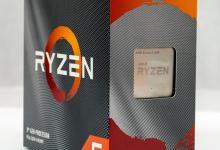
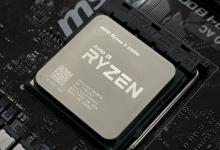
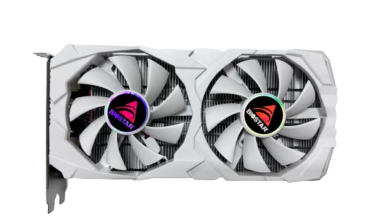
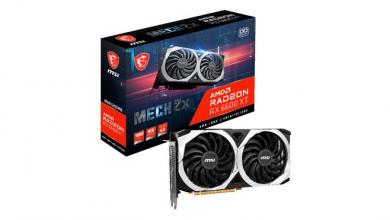
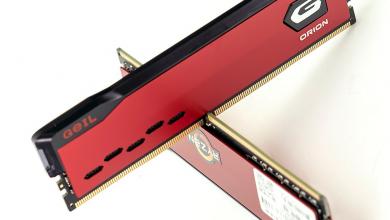
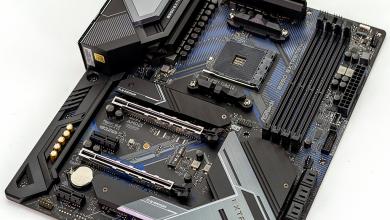
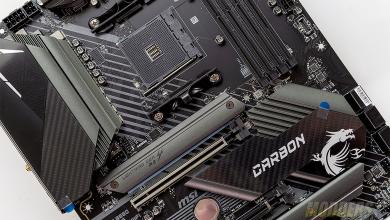
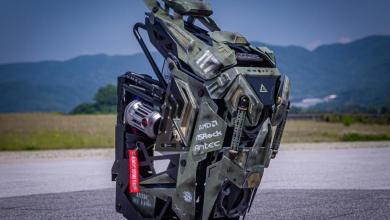

Can you add a power consumption comparison with e350m1?
Thank you